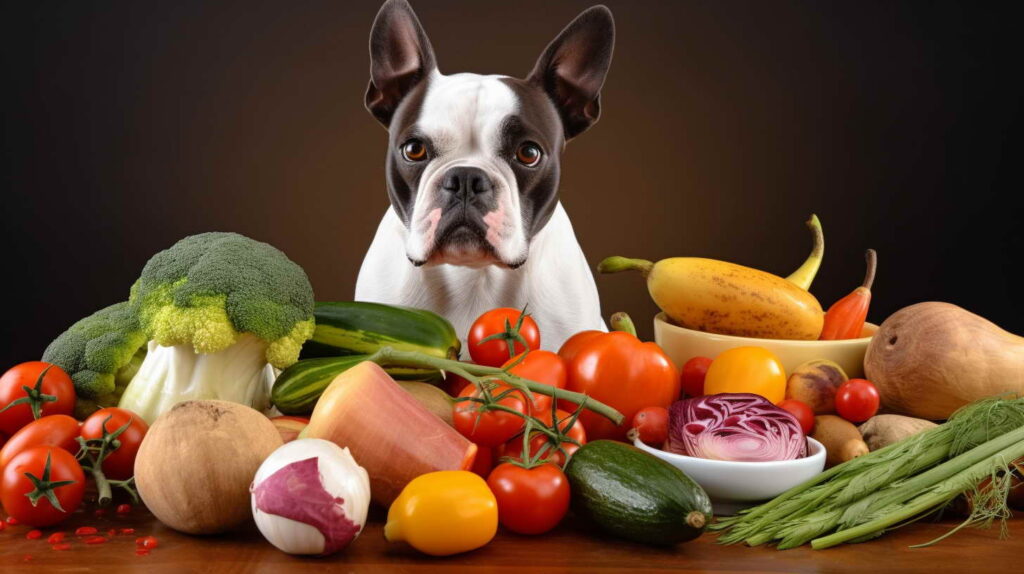Family Pet Nutrition
PETSIDI – Proper nutrition is crucial for supporting our beloved family pets’ health and well-being across their entire lives. As pet owners, we are responsible for educating ourselves on our pets’ nutritional needs during each life stage and identifying the highest quality foods and supplements to fuel their daily activities.
This guide will overview key diet considerations for transitioning both dogs and cats from puppy or kitten diets to adult and even senior formulations. We’ll also discuss nutritional strategies for meeting the needs of adult and senior pets.
Puppy and Kitten Diets
The first year of a puppy or kitten’s life brings rapid growth and development. Their caloric needs are very high during this transitioning period.
- Puppies require almost twice as many calories per pound of expected adult body weight compared to adult dogs
- Kittens need one and a half times as much energy per pound as adult cats
High-quality commercial puppy and kitten diets provide:
- Increased protein for healthy muscle growth
- Targeted fat and carbohydrate content for energy
- Essential fatty acids for skin, coat, and brain development
- Age-appropriate levels of vitamins and minerals
Homemade diets for puppies and kittens should be developed carefully alongside veterinary nutritionists to ensure completeness and balance.
As large and giant breed puppies grow particularly quickly, care should be taken not to overfeed. Consider switching these puppies to adult dog foods formulated for larger breeds at around 12 months old.
Adult Pet Diets
By 12 months old, most dogs and cats have reached about 80% of their adult size and their growth plates have fused.
At this point, their nutritional needs shift towards maintaining health, body condition, and energy levels. Key diet considerations for adult pets include:
Transitioning to Adult Diets
- Gradually transition your pet over 5-7 days when switching between life-stage foods
- Mix a little more of the new food and a little less of the old food each day
- Watch for digestive upset and slow the transition if needed
Feeding Frequency
- Most adult pets do best with two meals per day
- Adjust based on your pet’s age, size, and activity level
- Leaving food available for free choice can lead to overeating
Knowing How Much to Feed
- Start by following label feeding guidelines based on your pet’s ideal weight
- Weigh out the recommended amount rather than eyeballing the volume
- Monitor your pet’s body condition score and adjust up or down as needed
Use this 9-point scale commonly used by vets:
| Body Condition Score | Description |
|---|---|
| 1 | Ribs, spine, and pelvis visibly protruding with no fat or muscle |
| 5 | Ribs easily felt with light fat cover, obvious waist, and abdominal tuck |
| 9 | Heavy fat deposits over the chest, spine, and base of the tail, no waist, abdominal distension |
Choosing Nutritious Foods
Focus on quality commercial diets that meet AAFCO standards for nutritional adequacy. Look for these positive attributes:
- Primarily derived from high-quality animal-based proteins
- Minimal starchy carbohydrates like corn, wheat, or potatoes
- Contains supplemental fatty acids from fish oils
- Fortified with probiotics, antioxidants, and joint-supporting compounds
- Free of artificial preservatives, flavors, and colors
Veterinary prescription diets or lightly cooked homemade foods are other options when needed.
Senior Pet Diets
Advancing age inevitably leads to physiological changes for our furry friends. Supporting health and vitality in our senior pets through tailored nutrition helps ensure more time for making happy memories together.
While no two pets age the same, most dogs transition into their golden years around 7 years old. Senior cats are generally defined as 7 years and older as well.
Age-Related Changes
Common health challenges faced by senior pets include:
- Decreased ability to digest protein and fat
- Reduction in calorie needs due to lower activity levels
- Higher risk for obesity leading to diabetes and joint issues
- Increased incidence of kidney disease and cancer
- Cognitive dysfunction similar to Alzheimer’s disease
Tailoring the Senior Diet
Meeting the unique nutritional requirements of senior pets requires:
- Feeding senior-specific commercial diets whenever possible
- Scheduling more frequent vet check-ups to monitor health
- Increasing essential fatty acid intake to reduce inflammation
- Ensuring adequate protein levels to maintain muscle mass
- Restricting phosphorus if kidney issues are present
- Possible need for urinary or digestive supplements
Pay close attention to changes in food intake, energy levels, or behavior that could indicate an underlying health issue requiring veterinary attention.
In Closing
A species-appropriate, life-stage-focused diet lays the foundation for our furry family members to lead their very best lives by our sides. As committed pet owners, we must educate ourselves on our pets’ evolving nutritional needs across their lifespans.
The right foods and supplements provide the fuel for our cherished cats and dogs to transition smoothly from the rapid growth of puppy and kittenhood, through their exuberant adult years, into senior status marked by distinguished gray muzzles. Fulfilling our pets’ unique dietary requirements at each stage allows us the gift of more healthy and happy years together.
What nutritional or health concerns do you have for your pets? Comment below so we can discuss diet strategies tailored to your pets’ needs!


Leave a Reply